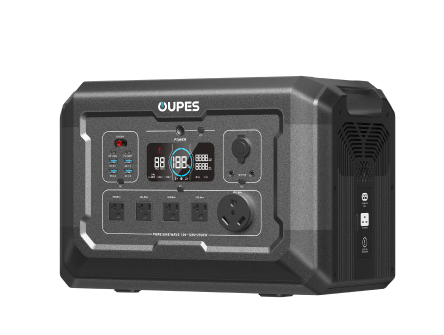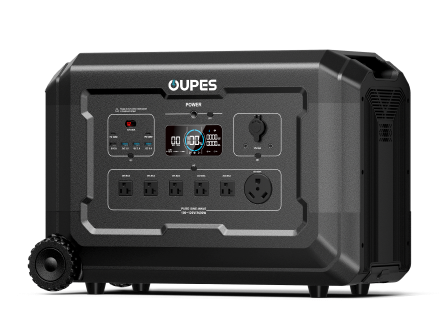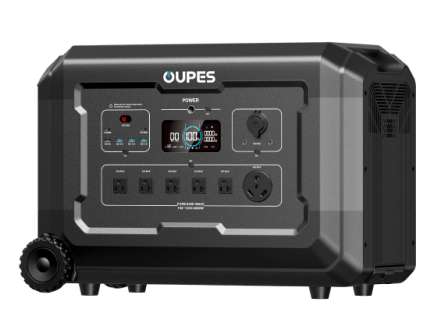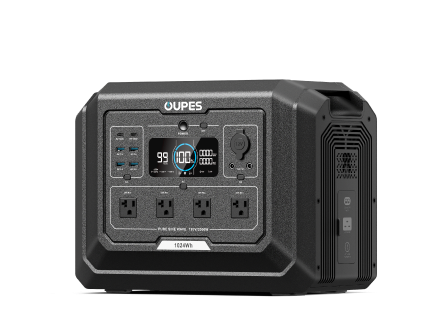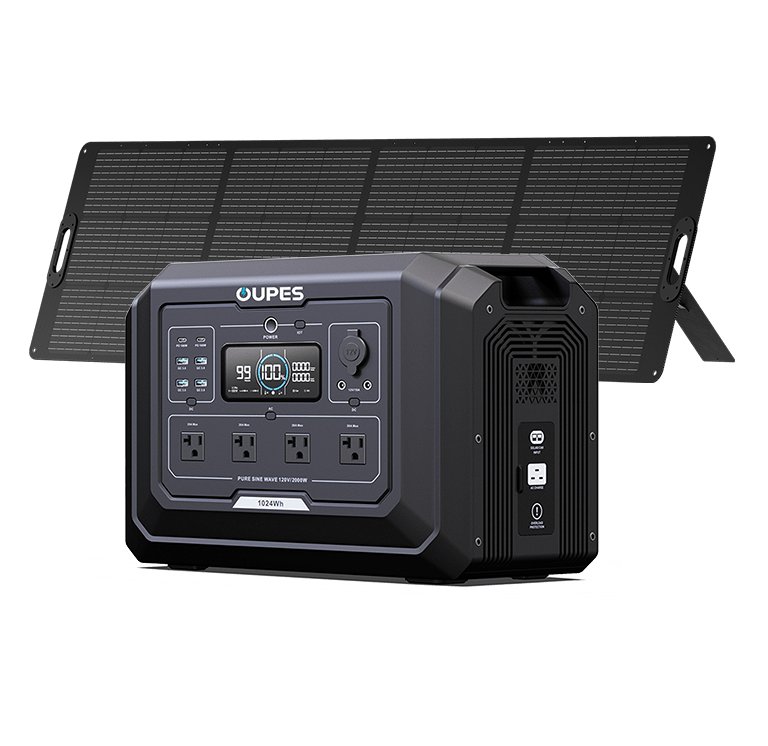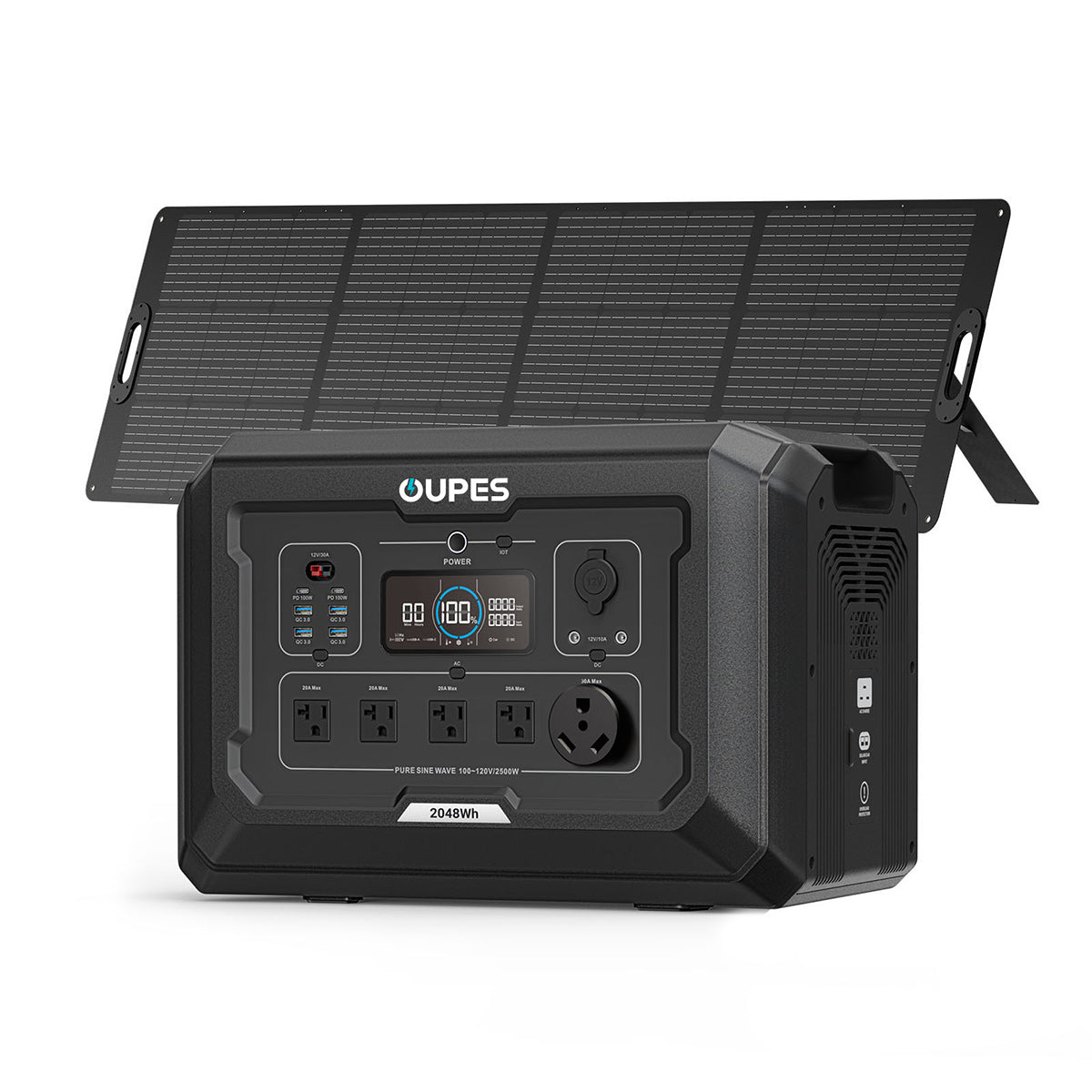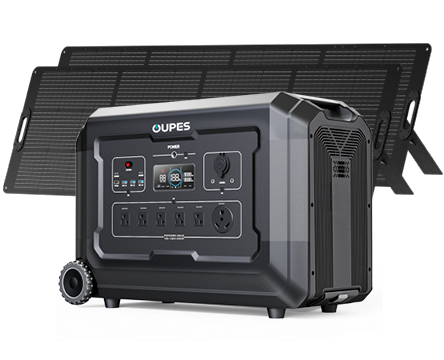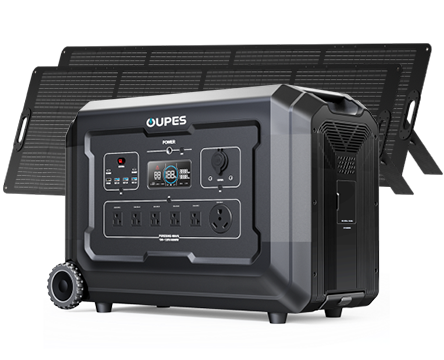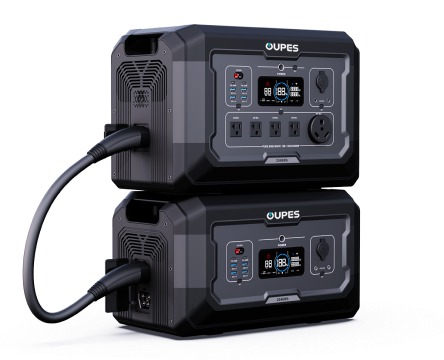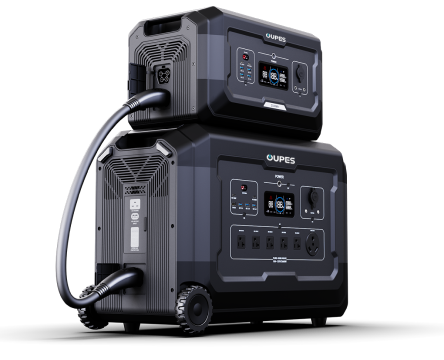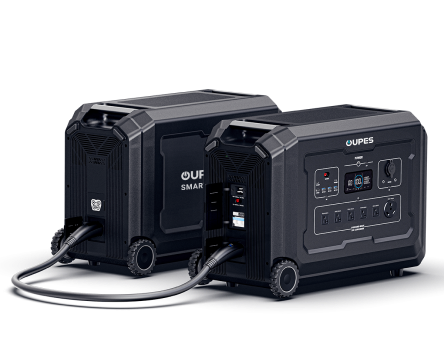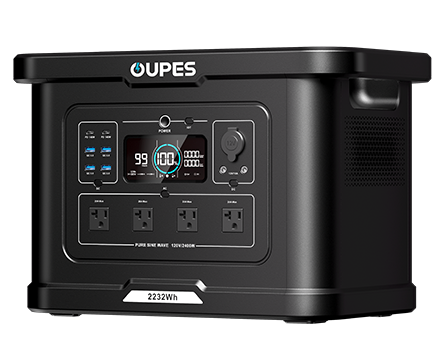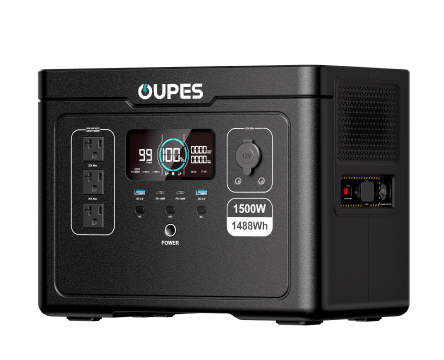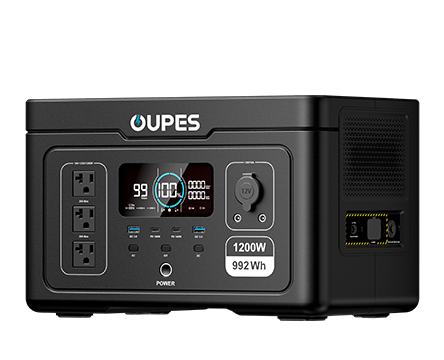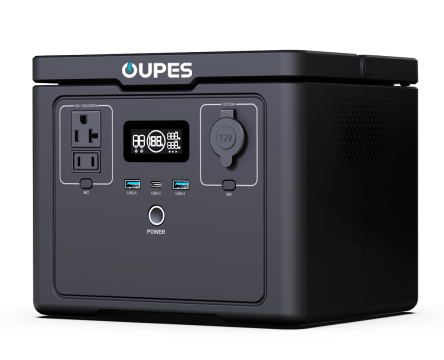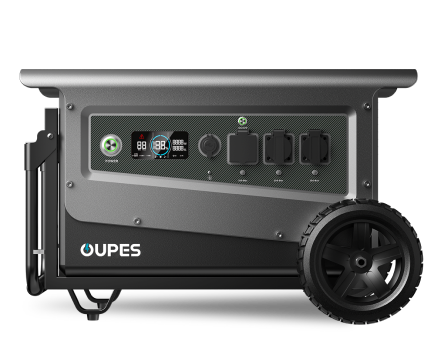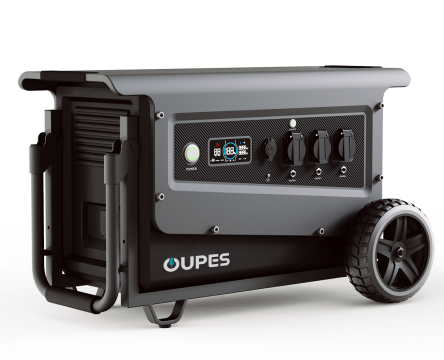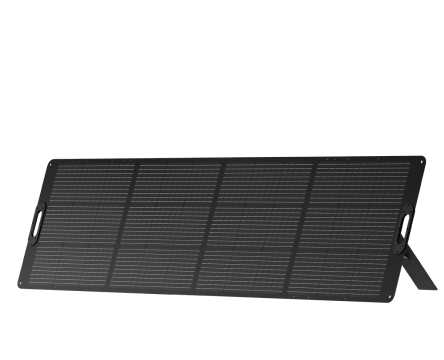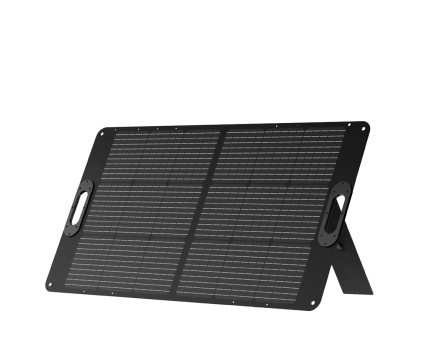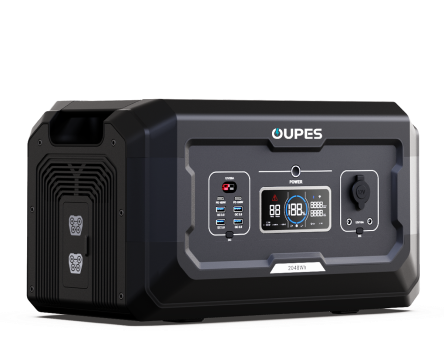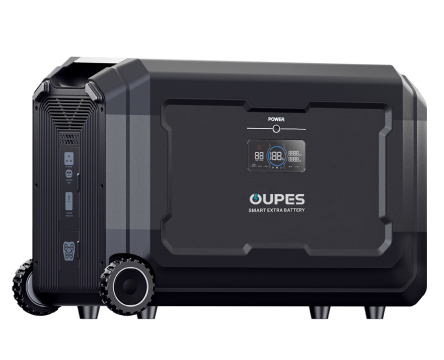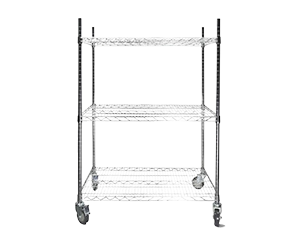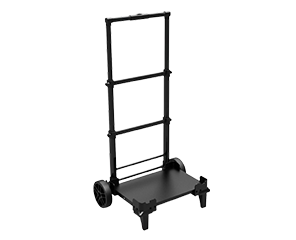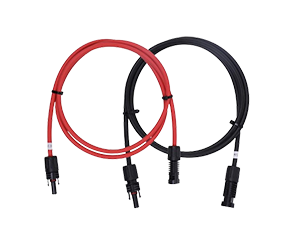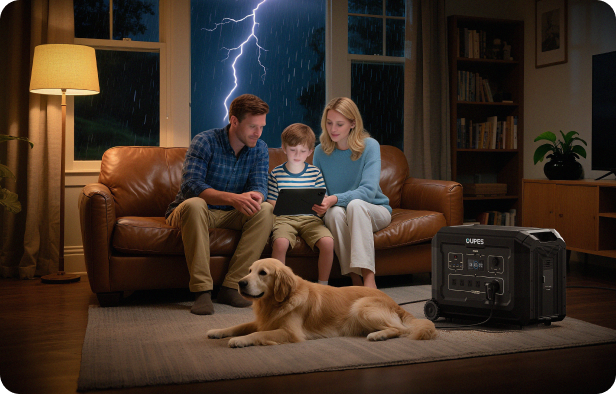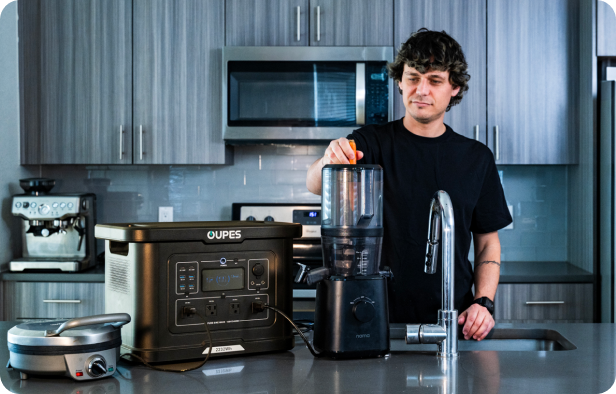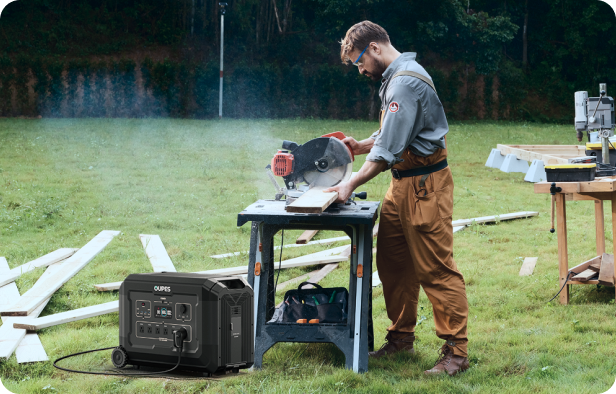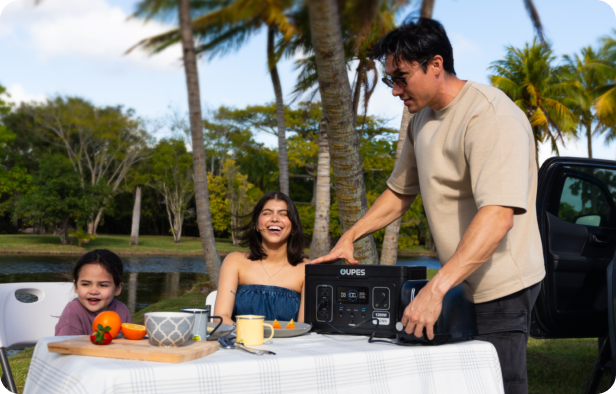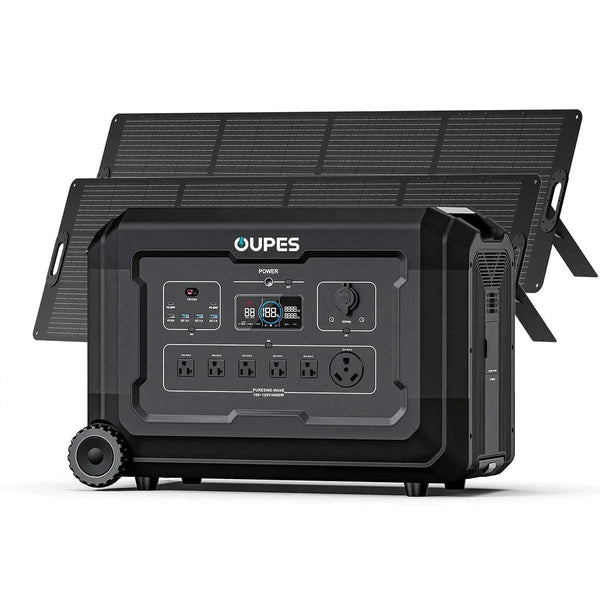
When hurricane season approaches, preparation can make all the difference between safety and chaos. From extended power outages to supply chain disruptions, the impact of a hurricane can be life-altering. That’s why having a well-equipped hurricane preparedness kit is not just wise — it’s essential. Whether you're a seasoned prepper or new to emergency planning, understanding what supplies are truly necessary can save you time, stress, and potentially even lives.
In this guide, we’ll explore in detail what should be in your hurricane preparedness kit, including innovative backup solutions like portable solar generators from OUPES, so you’re never left in the dark when the storm hits.
Emergency Food and Water Supplies
When a hurricane strikes, access to food and clean water becomes a top priority. Disruptions to grocery stores, supply chains, and municipal water services can last for days or even weeks. For this reason, your emergency kit should contain enough food and water to sustain your household for a minimum of 72 hours — although preparing for 7 to 14 days is strongly recommended.
Start with shelf-stable, non-perishable food items that require minimal or no preparation. Canned goods such as beans, soups, fruits, and vegetables are excellent choices. Include high-calorie snacks like protein bars, granola, trail mix, and peanut butter. Make sure you also have a manual can opener in case of power loss.
When it comes to water, the standard guideline is one gallon per person per day, for both drinking and sanitation. Consider including water purification tablets or a filtration system, especially if you're in an area where flooding might contaminate water supplies. Don't forget water for pets if you have them.
Also consider dietary needs for family members with allergies, infants, or the elderly. Specialty items like baby formula or medically necessary foods should be stored separately and rotated regularly to ensure freshness.
Reliable Power Sources
One of the most immediate consequences of a hurricane is the loss of power. Blackouts can last for hours, days, or even weeks, depending on the storm's severity and the infrastructure in your area. A dependable power source is crucial for communication, refrigeration, medical devices, and basic comfort. This is where a portable solar generator from OUPES can be a game-changer.
Unlike traditional gas generators, solar-powered generators are quiet, clean, and safe to use indoors. They harness energy from the sun and store it in batteries for later use, making them a sustainable and hassle-free backup power solution. OUPES solar generators are designed to power essential devices such as lights, phones, laptops, medical equipment, and even small refrigerators.
When selecting a solar generator, consider its battery capacity, the number of output ports, and the types of devices it can support. A unit with expandable battery capacity allows you to scale up your energy reserves as needed. Pair it with portable solar panels to ensure continuous power supply during extended outages.
Backup battery packs and hand-crank chargers for smaller devices should also be included in your preparedness kit. Even simple LED lanterns or headlamps with extra batteries can provide comfort and safety during nighttime hours.
First Aid and Medical Necessities
Medical emergencies don’t wait for the storm to pass. Having a comprehensive first aid kit is essential to managing minor injuries and providing care until professional help becomes available. Your kit should go beyond basic bandages and antiseptics — especially if you or your loved ones have specific medical conditions.
Start with the basics: adhesive bandages, gauze pads, medical tape, antiseptic wipes, hydrogen peroxide, tweezers, scissors, and disposable gloves. Add over-the-counter medications like pain relievers, antihistamines, anti-diarrheal tablets, and cold and flu remedies. Be sure to check expiration dates regularly and replace items as needed.
Prescription medications should be stocked in advance, with at least a 7-day supply stored in airtight containers. If someone in your household relies on specialized medical equipment, ensure it is powered and ready. OUPES solar generators can be a reliable power source for low-wattage medical devices such as CPAP machines or oxygen concentrators.
Other useful items include digital thermometers, insect repellent, sunscreen, emergency blankets, and a basic medical guidebook. Consider taking a first aid class so you feel confident administering care when needed.
Important Tools and Safety Gear
Beyond food, water, and power, you’ll need a variety of tools and safety gear to protect your home and navigate post-storm conditions. Your hurricane preparedness kit should include items for basic repairs, navigation, and self-protection.
Essential tools include a multi-tool, duct tape, zip ties, utility knives, plastic sheeting, and a hammer and nails. These can help you make emergency home repairs, patch up broken windows, or secure doors. A wrench or pliers may be needed to turn off utilities such as gas or water.
Personal protective gear such as gloves, masks, goggles, and sturdy shoes can protect you from debris and contaminants. Flashlights or LED headlamps are invaluable during blackouts, and you should store plenty of extra batteries. A battery-powered or hand-crank radio will allow you to receive emergency broadcasts even without power or internet.
Consider storing your most important documents in a waterproof, fireproof container. These may include IDs, insurance policies, medical records, and financial information. A map of your local area can also be helpful if GPS systems go down or if roads are blocked.
Communication and Evacuation Planning
During a hurricane, communication is crucial. Cell towers and internet services may go down, so having alternative methods of staying informed and in touch with family is vital. Portable radios, walkie-talkies, and even written emergency contact lists can ensure you remain connected.
Establish a communication plan with your family ahead of time. Designate a meeting point in case you become separated, and identify a contact outside the affected region who can act as a central communicator. Text messaging is often more reliable than voice calls during emergencies, as it requires less bandwidth.
Evacuation plans should be tailored to your location and household needs. Identify the nearest shelters and routes, and keep your vehicle fueled and ready to go. Prepare a “go bag” with essentials like clothing, toiletries, documents, snacks, and a first aid kit. Don’t forget to make arrangements for pets — many shelters require them to be in carriers with up-to-date vaccination records.
For those sheltering in place, establish an interior safe room away from windows and stocked with basic supplies. Monitor local alerts and heed official instructions without delay.
Conclusion
Hurricane preparedness isn’t just about weathering a storm — it’s about ensuring your family’s health, safety, and peace of mind in the face of nature’s unpredictability. By assembling a comprehensive kit that includes food, water, first aid, power solutions like OUPES solar generators, and essential tools, you’re taking a proactive step to protect what matters most.
Each component of your kit plays a vital role in surviving the initial impact and enduring the aftermath. With thoughtful preparation and a reliable plan, you can face hurricane season with resilience and confidence.

